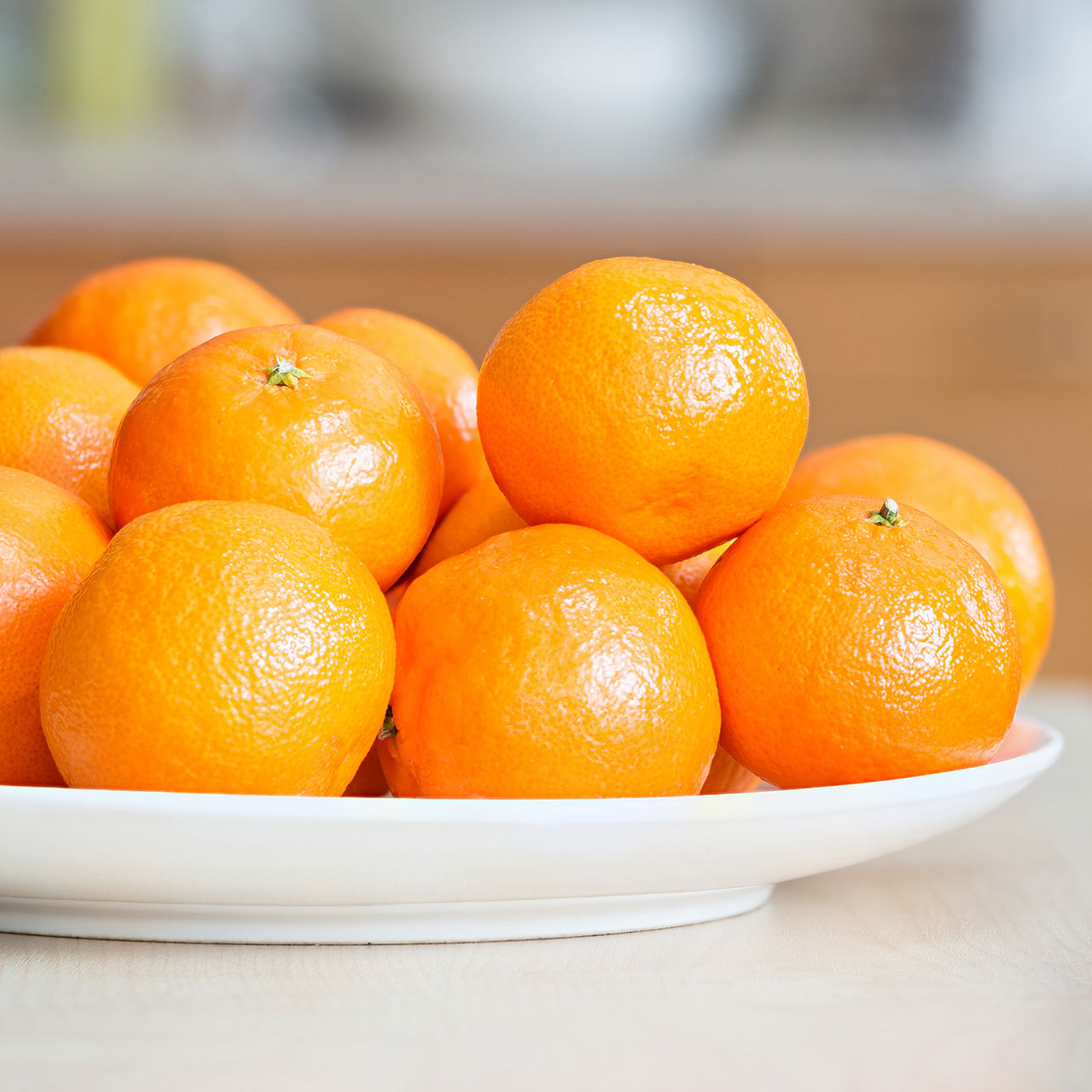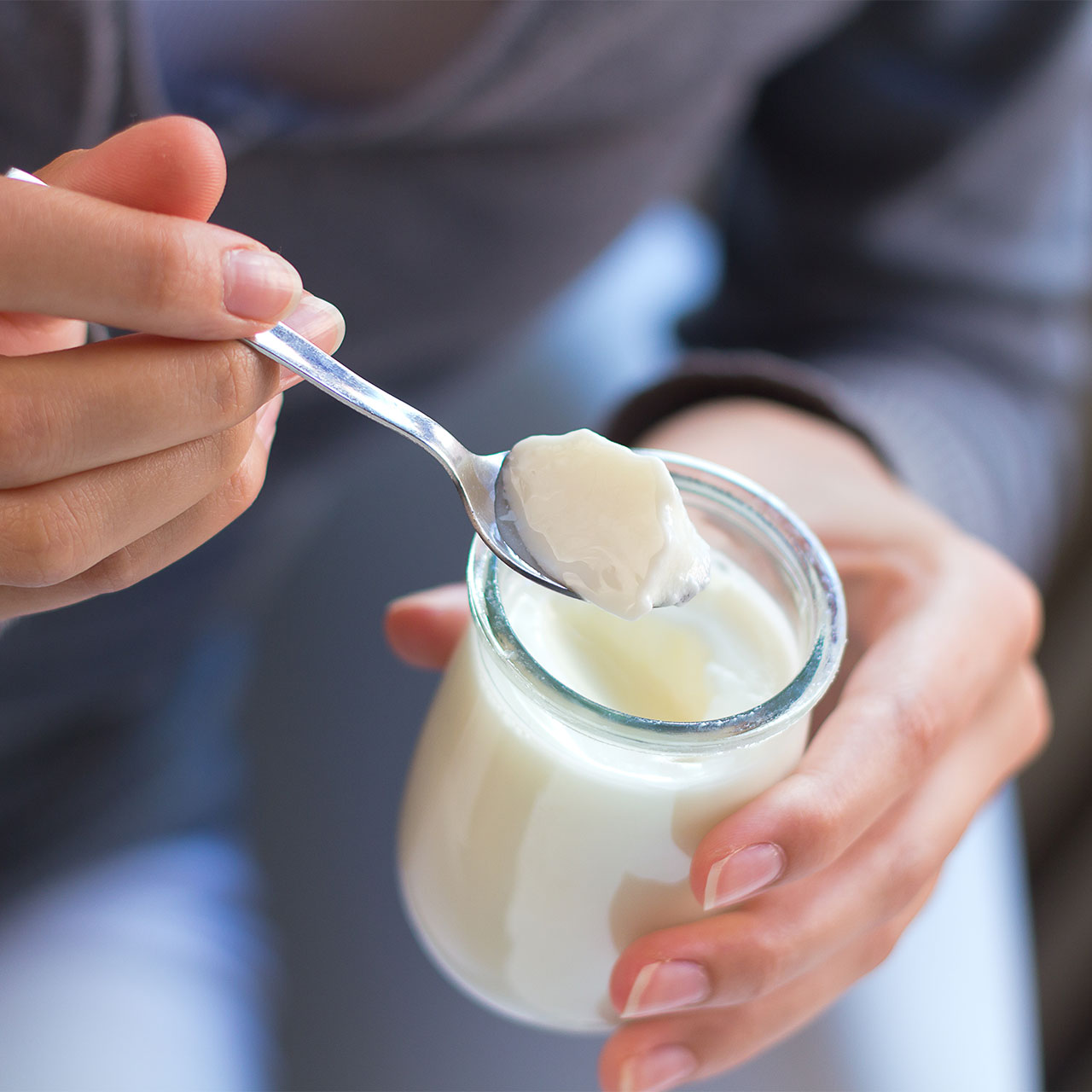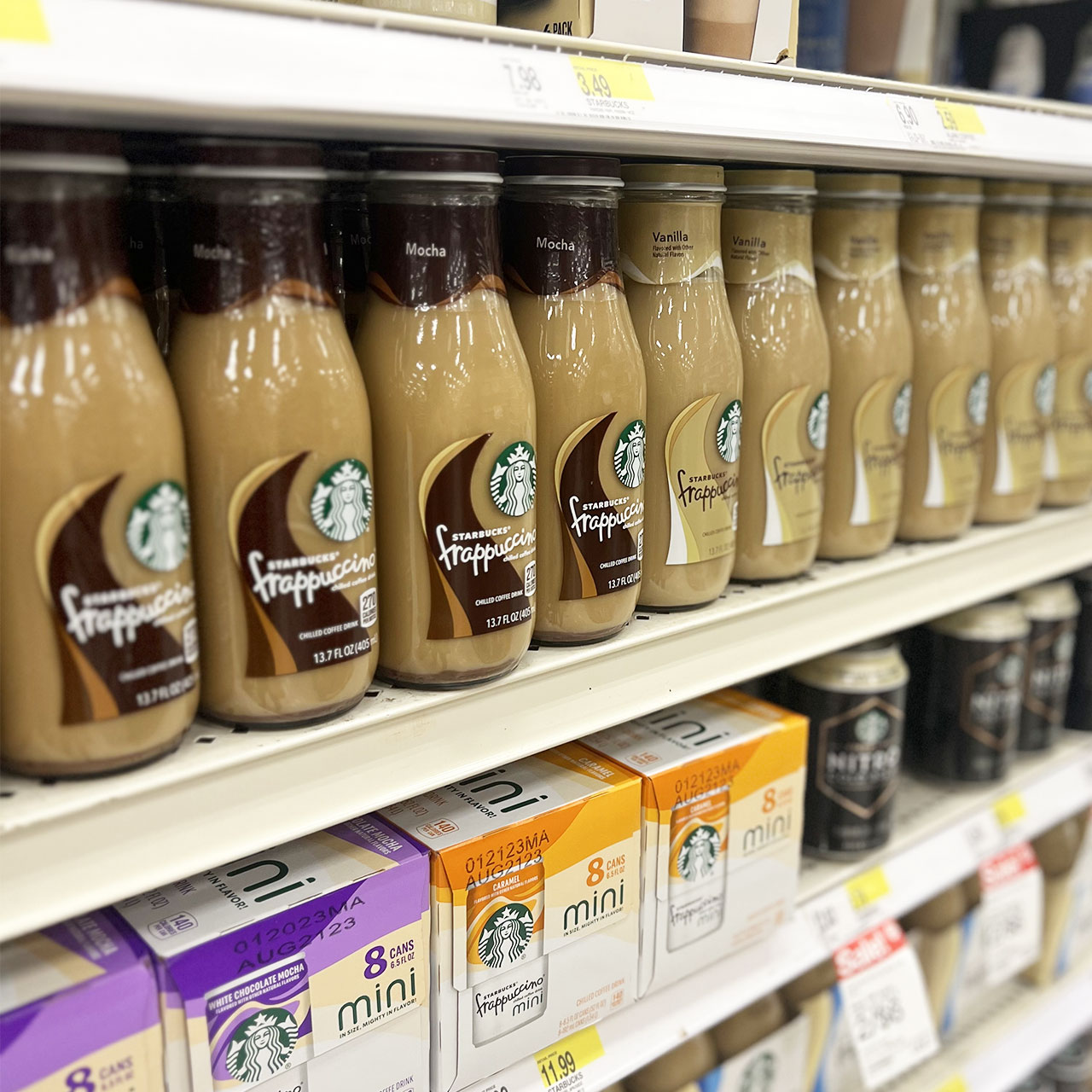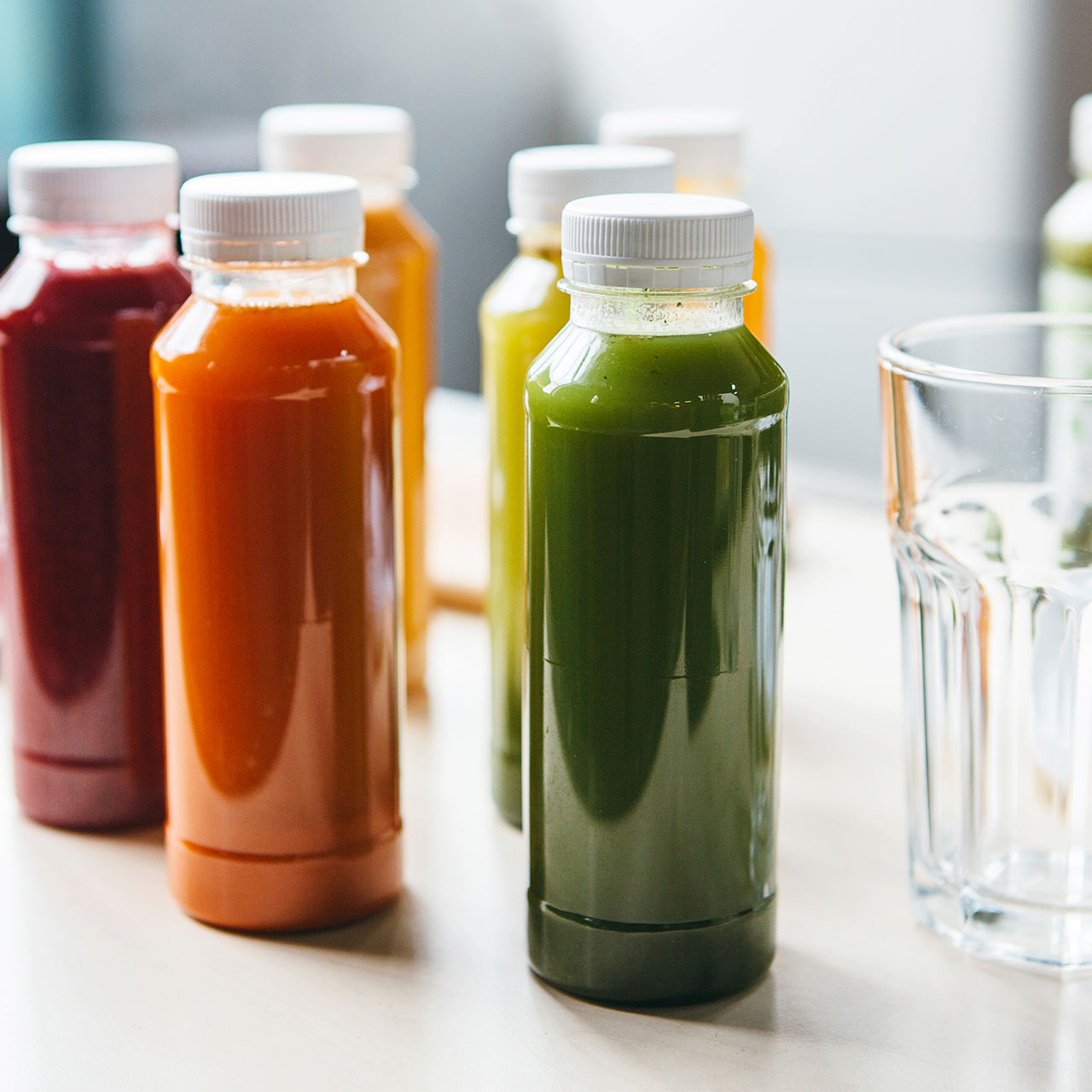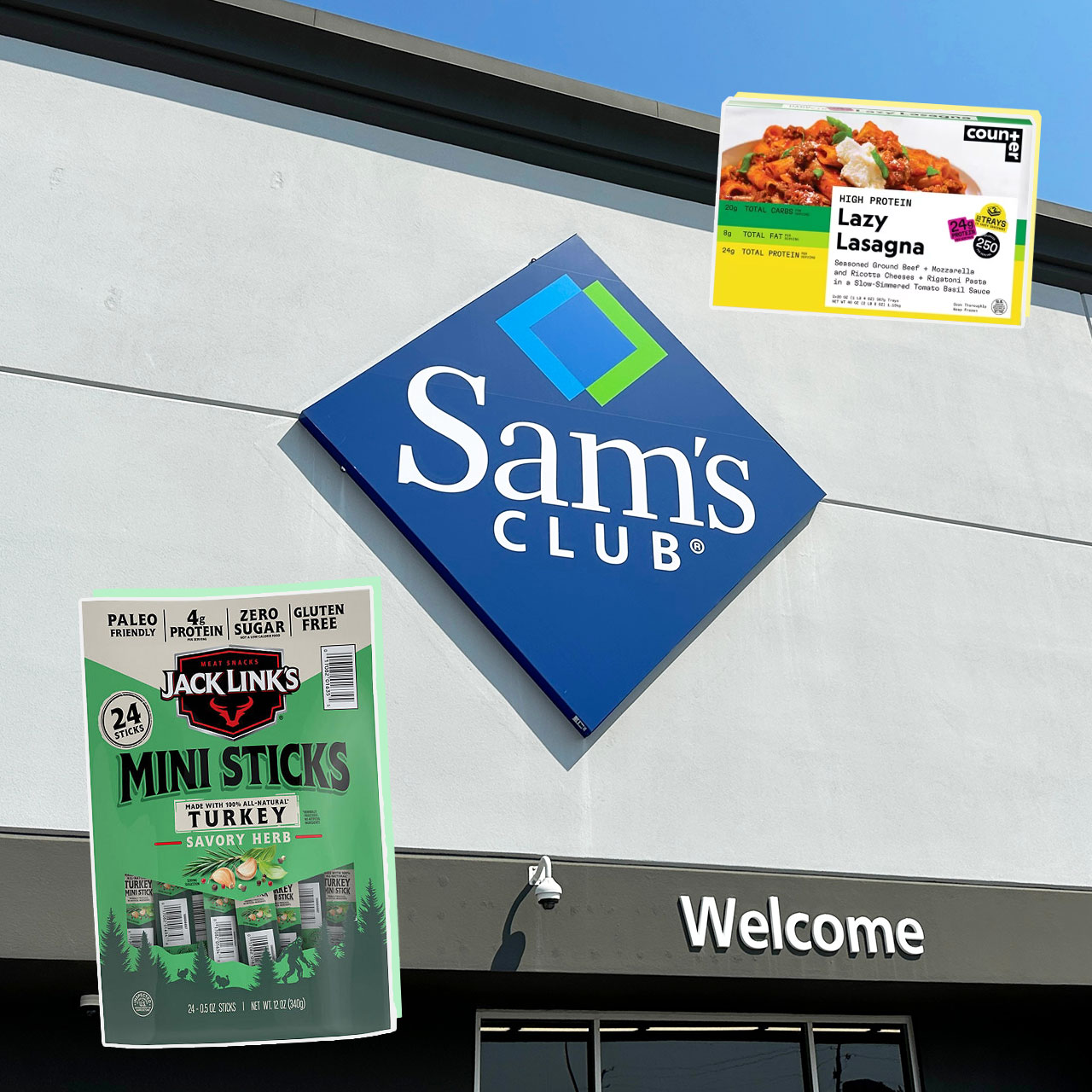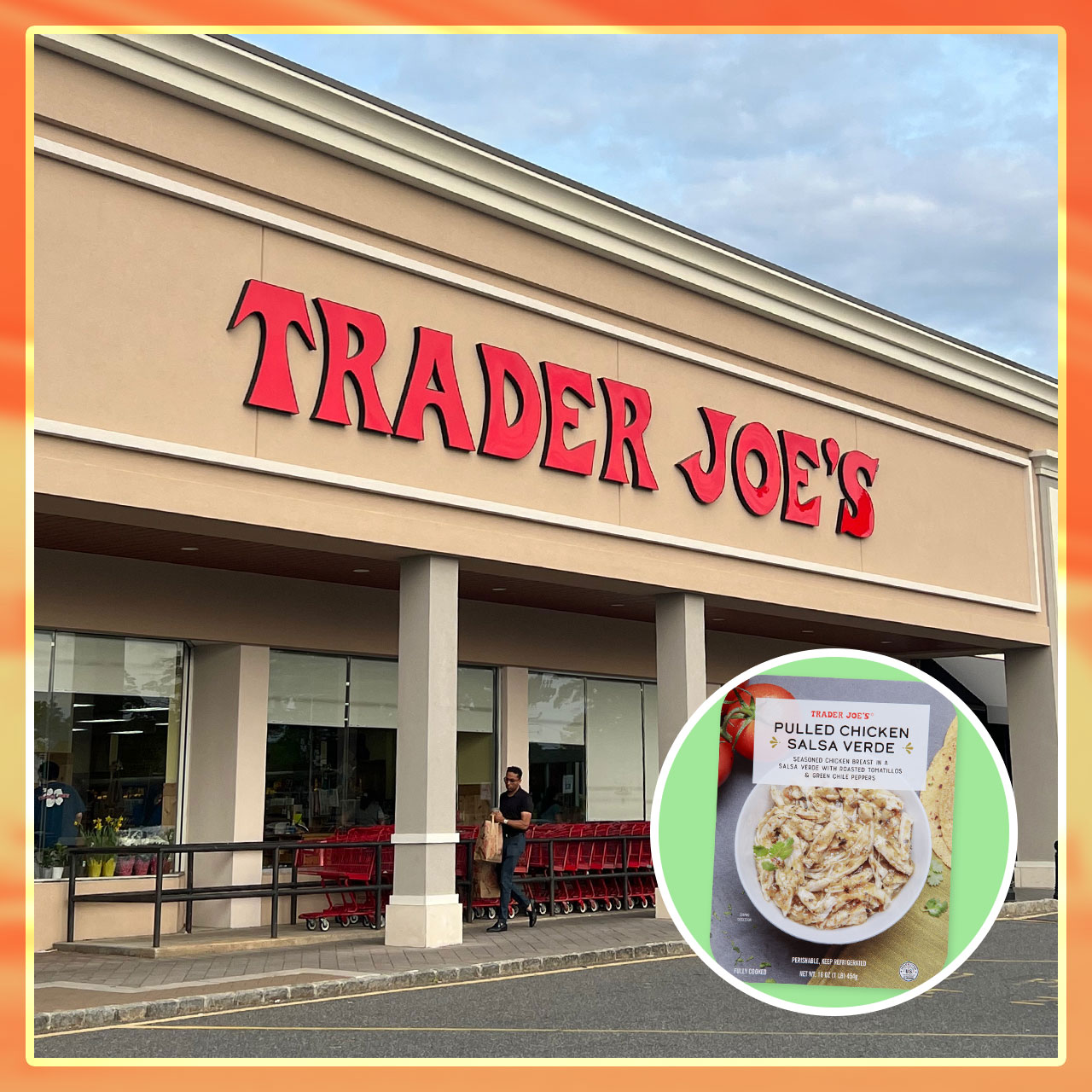This story has been updated since it was originally posted on 11/29/22 to include an additional type of bread
When trying to lose weight or prevent weight gain, what you eat (and portion sizes) matter just as much as the fat-burning workouts you said aside time for. Your diet can make or break your ability to manage your weight, and it’s no secret that there are many bad options out there, including white bread. However, not all breads are bad for you. In fact, there are a few options that could help you on your weight loss journey.
We reached out to registered dietitians, nutritionists and other health experts for tips when it comes to choosing the healthiest bread that won’t lead to weight gain (when eaten in moderation, and when paired with a balanced diet and regular exercise). According to Trista Best, MPH, RD, LD, registered dietitian at Balance One Supplements, Lisa Richards, registered nutritionist and creator of The Candida Diet, and Mary Sabat, MS, RDN, LD, whole wheat bread and thin sandwich wraps are among the best options. Learn more about the benefits of each below.

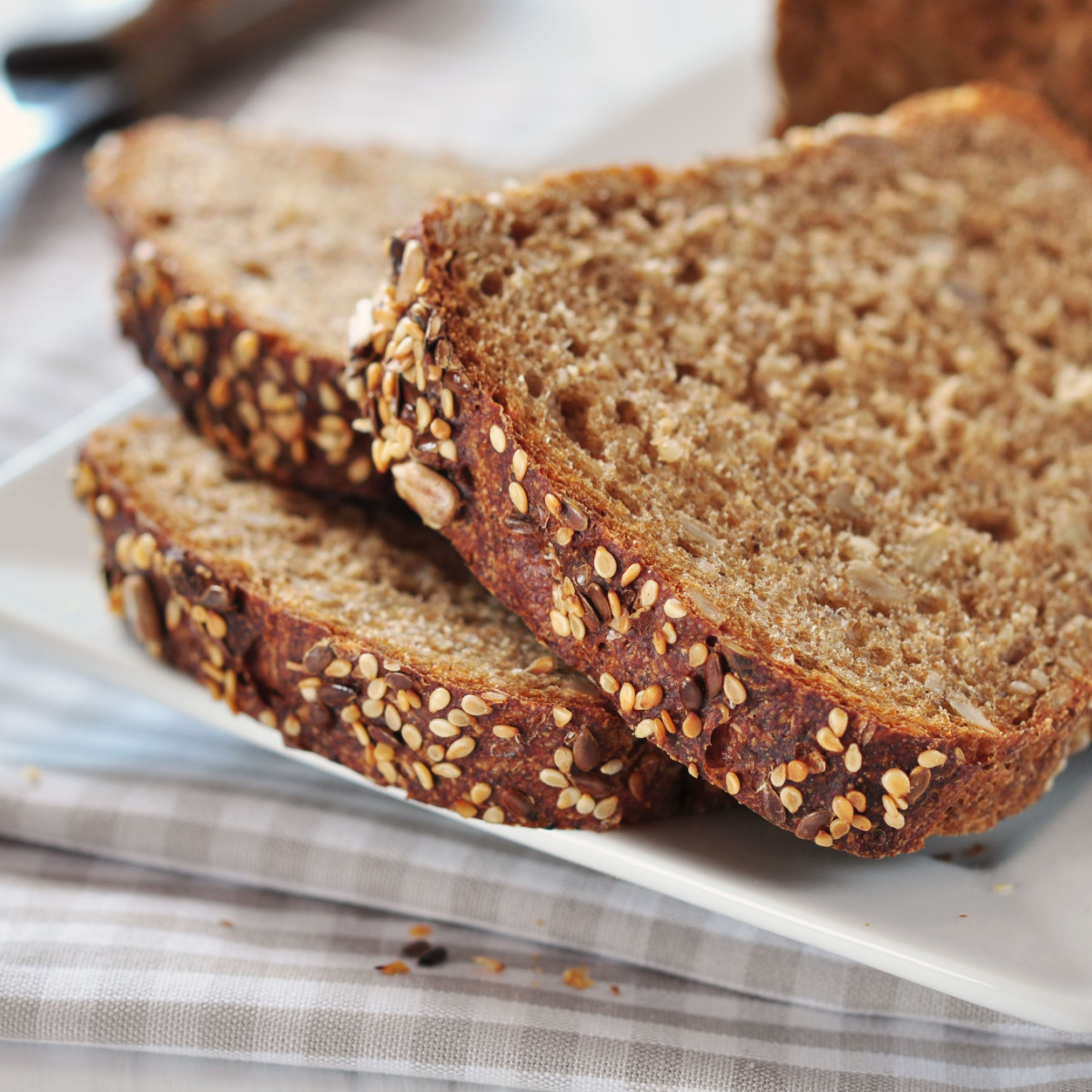
1. Whole-Wheat/Whole-Grain Bread
Bread, Best notes, "is a food that should be eaten in moderation" due to its processed and refined nature. Unfortunately, although white bread is a popular option, it's also one of the worst for your body. As she explains, it's "calorically dense and inflammatory." Eating this kind of bread on a regular basis will "lead to weight gain," she says, because most of these breads are "made from refined grains, sugar, and preservatives." These, she stresses, are inflammatory ingredients and are also broken down quickly to be stored as fat. Luckily, whole wheat bread makes a great alternative.
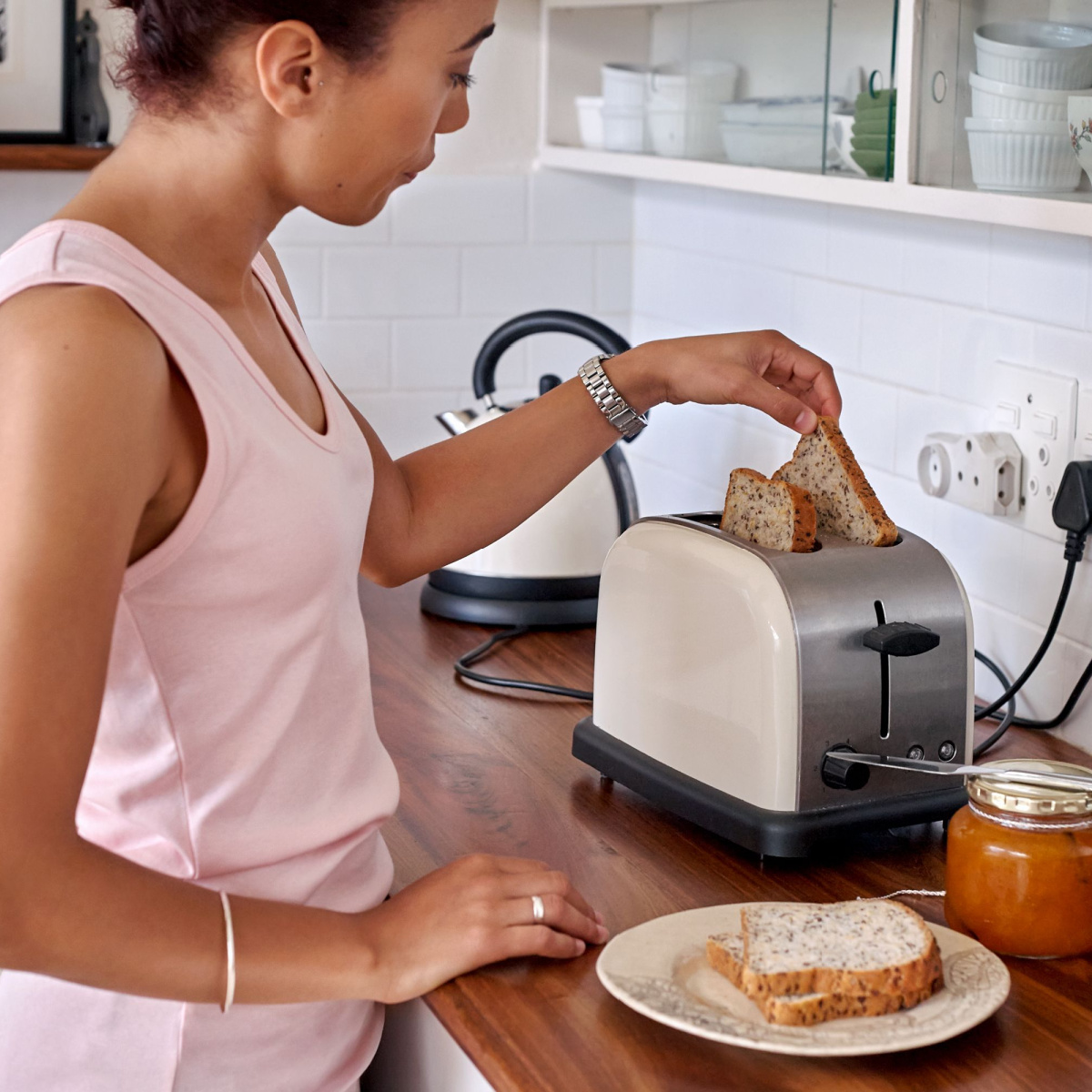
Richards concurs, and says that to avoid this, choosing "whole wheat bread or other whole grain breads that have not been refined" is key. Refined carbohydrates, Best says, have many negative side effects for our health, and belly fat is just one of them. "White and enriched breads in particular have undergone a refining process where the fiber and beneficial nutrients are removed and, possibly, replaced with synthetic versions," she adds. The "fiber content of whole grains and breads" made with them, Richards continues, will "help you reach your weight loss goals" as they contain the important nutrient that will keep you full, satiated, provide necessary energy to exercise, and importantly, make you less likely to eat more later on.
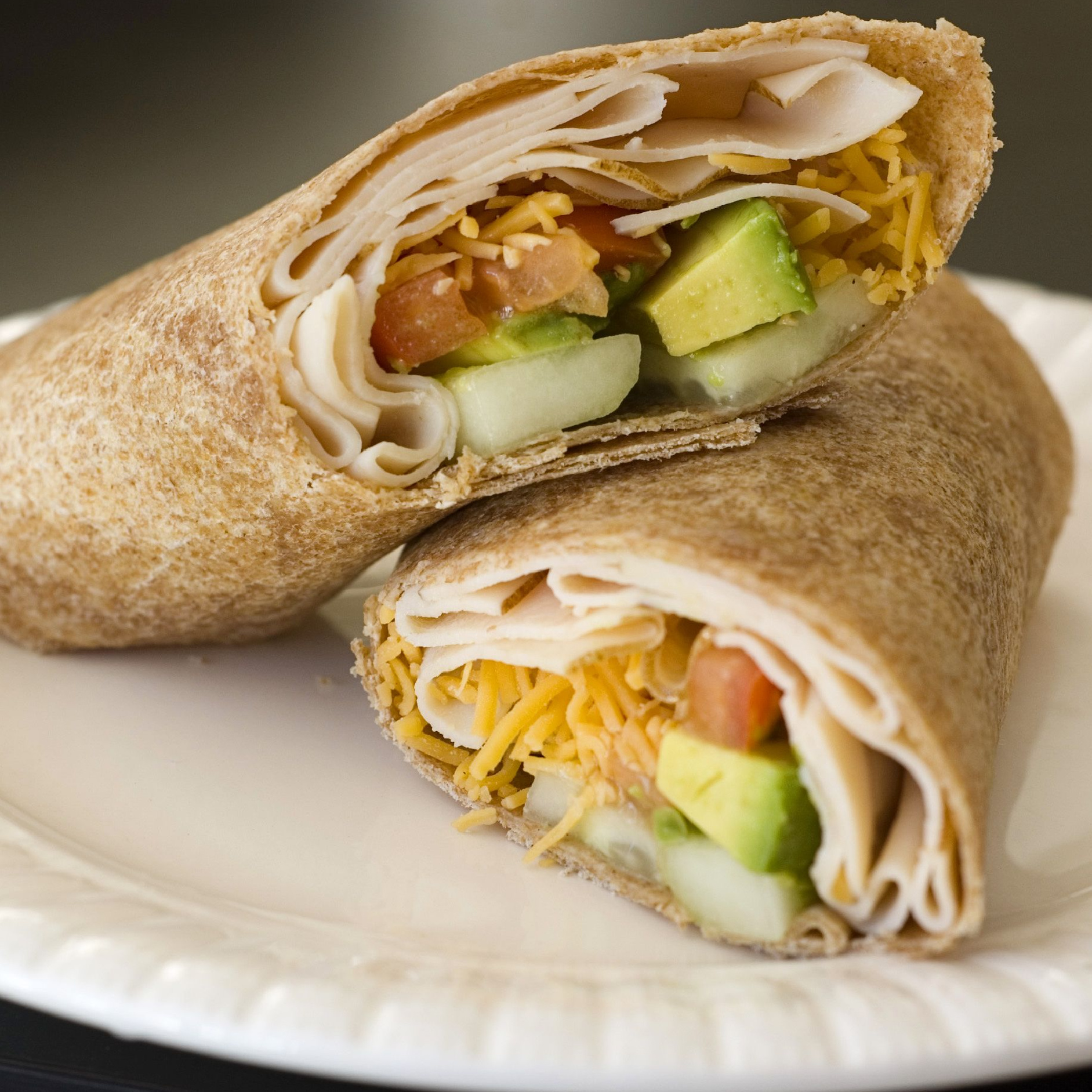
2. Thin sandwich wraps
In addition to whole wheat bread, another great, low-calorie option is thin sandwich wraps. These wraps are perfect for a healthy lunch; they're low-calorie and thinner than bread slices, making them ideal for weight loss-friendly sandwiches. When you swap white bread for this option, you can easily cut back on the number of calories you pack into a meal while still enjoying all of your favorite sandwich ingredients (bonus points when you add leafy greens and lean proteins!).
"Wraps made from whole wheat or other whole grains are thinner than traditional bread slices. This can help control portion sizes and reduce overall calorie intake while still allowing you to enjoy sandwiches or wraps," Sabat says.
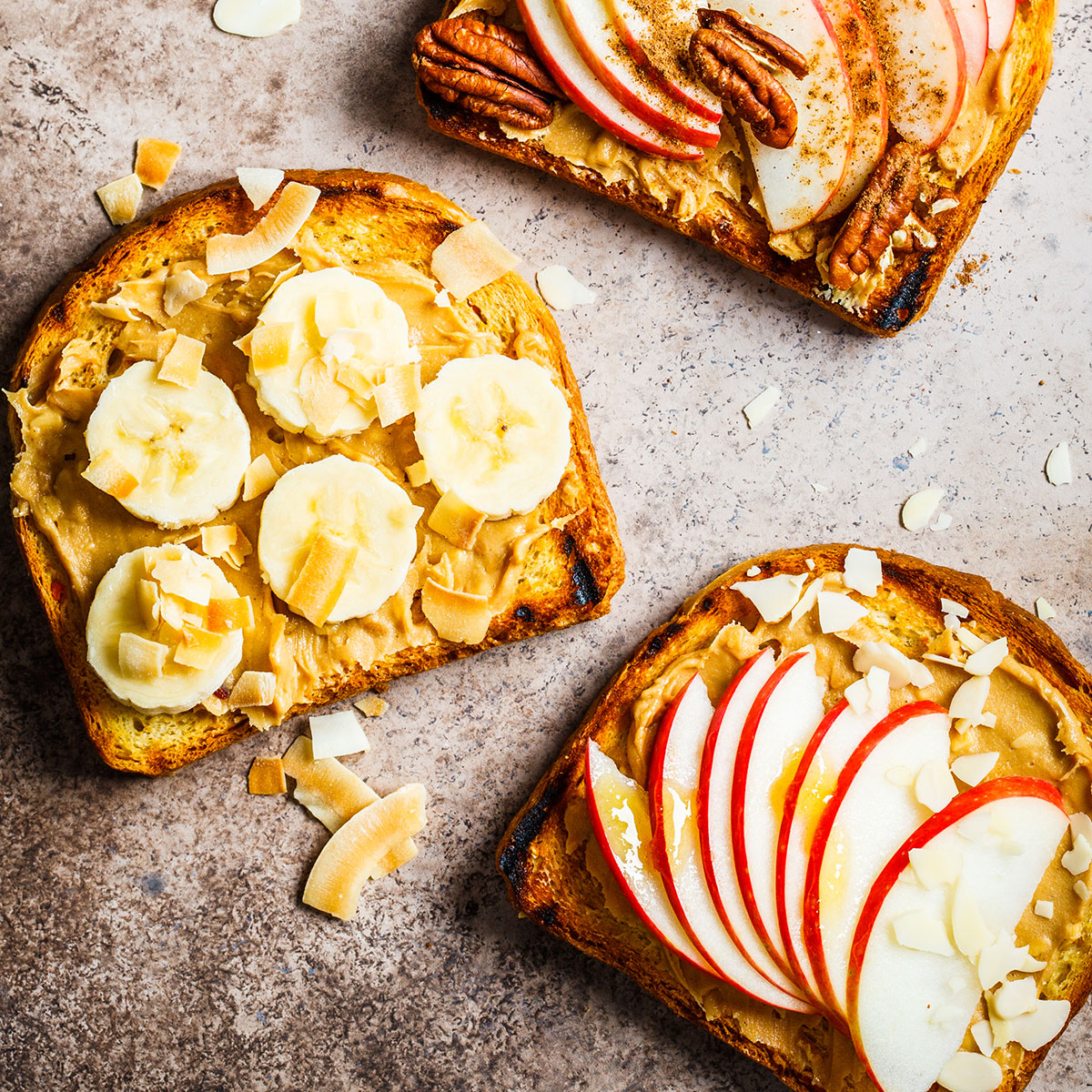
The bottom line
Of course, it's okay to treat yourself to a tasty, white bread sandwich every now and then. However, if weight loss is your goal, choosing healthier options on a regular basis is the best way to go. One rule of thumb Richards provides is to always "look at the ingredients list" on your favorite bread, and to also "avoid any breads that start with the word 'enriched.'" A diet high in fiber and protein overall, she adds, can help to reduce and prevent belly fat while boosting your metabolism. "An increased metabolism will lead to weight loss and having a feeling of fullness will prevent overeating and indulging in calorie-dense, sugar-laden foods," she says, emphasizing the importance of skipping white bread if your goal is to prevent weight gain, and to choose a whole grain or whole wheat option instead. Got it!




